


Books in series

Counterfeit Justice
The Judicial Odyssey of Texas Freedwoman Azeline Hearne
2009

Legacy of Disunion
The Enduring Significance of the American Civil War
2003

While in the Hands of the Enemy
Military Prisons of the Civil War
2005

Fort Pillow, a Civil War Massacre, and Public Memory
2005

A Black Patriot and a White Priest
André Cailloux and Claude Paschal Maistre in Civil War New Orleans
2000

Brothers One And All
Esprit De Corps in a Civil War Regiment
2004

Fenians, Freedmen, and Southern Whites
Race and Nationality in the Era of Reconstruction
2007

Texas Terror
The Slave Insurrection Panic of 1860 and the Secession of the Lower South
2007

Patriotic Envelopes of the Civil War
The Iconography of Union and Confederate Covers
2010

Lincoln and Citizens' Rights in Civil War Missouri
Balancing Freedom and Security
2011

The Reconstruction of Mark Twain
How a Confederate Bushwhacker Became the Lincoln of Our Literature
2011

Civil War Senator
William Pitt Fessenden and the Fight to Save the American Republic
2011

Confederate Invention
The Story of the Confederate States Patent Office and Its Inventors
2011

Views from the Dark Side of American History
2011

The Confederate Heartland
Military and Civilian Morale in the Western Confederacy
2011

The Battlefield and Beyond
Essays on the American Civil War
2012

Apocalypse and the Millennium in the American Civil War Era
2013

William Lloyd Garrison and Giuseppe Mazzini
Abolition, Democracy, and Radical Reform
2013

Confederate General William Dorsey Pender
The Hope of Glory
2013

Across the Bloody Chasm
The Culture of Commemoration among Civil War Veterans
2014

Patrick Henry Jones
Irish American, Civil War General, and Gilded Age Politician
2015
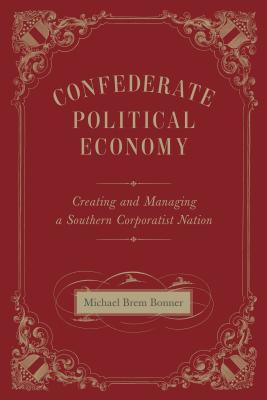
Confederate Political Economy
Creating and Managing a Southern Corporatist Nation
2016

Designing Gotham
West Point Engineers and the Rise of Modern New York, 1817-1898
2016
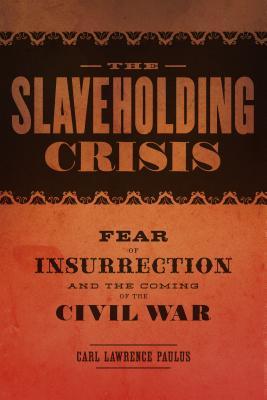
The Slaveholding Crisis
Fear of Insurrection and the Coming of the Civil War
2017
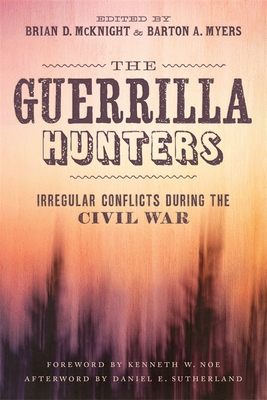
The Guerrilla Hunters
Irregular Conflicts during the Civil War
2017
A Kingdom Divided
Evangelicals, Loyalty, and Sectionalism in the Civil War Era
2010
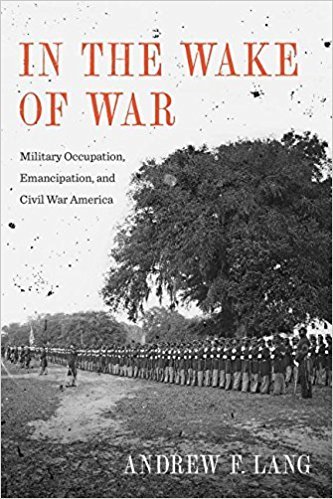
In the Wake of War
Military Occupation, Emancipation, and Civil War America
2017
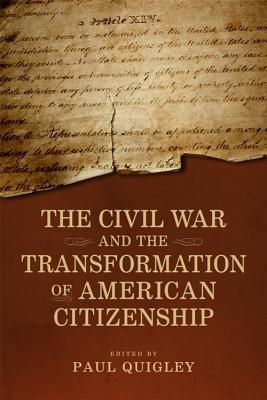
The Civil War and the Transformation of American Citizenship
2018
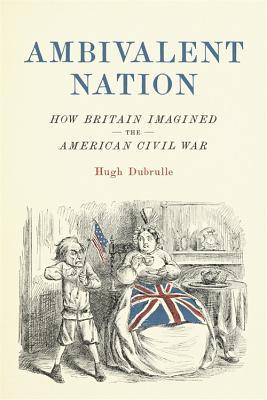
Ambivalent Nation
How Britain Imagined the American Civil War
2018

Lincoln's Mercenaries
Economic Motivation among Union Soldiers during the Civil War
2018
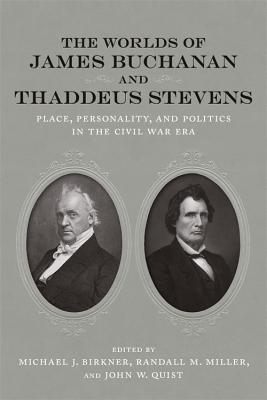
The Worlds of James Buchanan and Thaddeus Stevens
Place, Personality, and Politics in the Civil War Era
2019
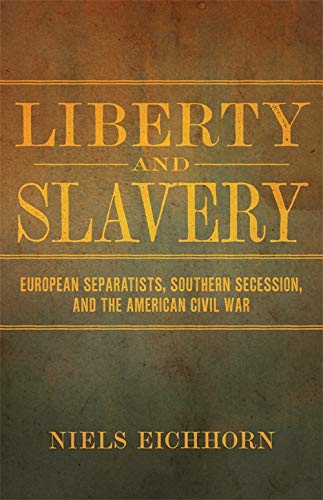
Liberty and Slavery
European Separatists, Southern Secession, and the American Civil War
2019
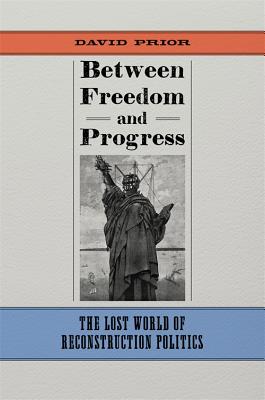
Between Freedom and Progress
The Lost World of Reconstruction Politics
2019
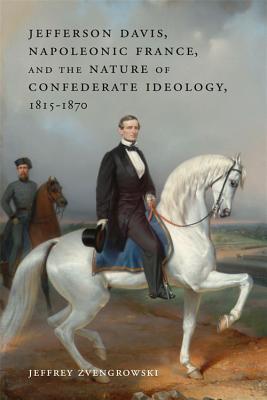
Jefferson Davis, Napoleonic France, and the Nature of Confederate Ideology, 1815–1870
2020
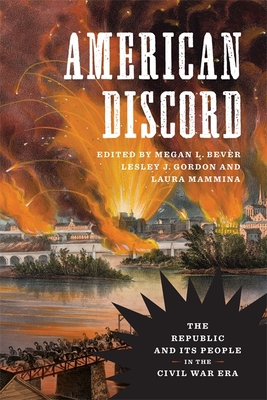
American Discord
The Republic and Its People in the Civil War Era
2020
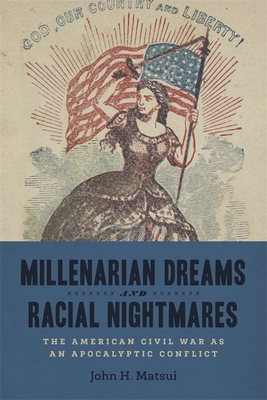
Millenarian Dreams and Racial Nightmares
The American Civil War as an Apocalyptic Conflict
2021
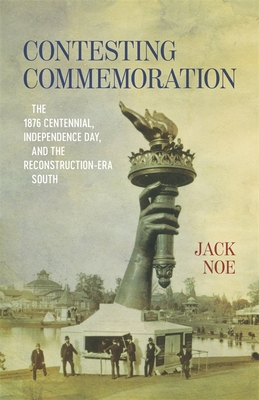
Contesting Commemoration
The 1876 Centennial, Independence Day, and the Reconstruction-Era South
2021

Invisible Wounds
Mental Illness and Civil War Soldiers
2021
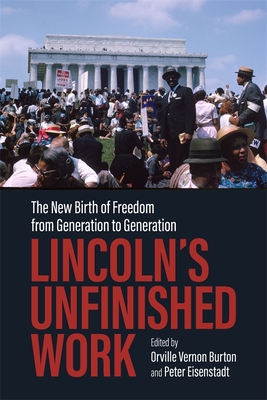
Lincoln’s Unfinished Work
The New Birth of Freedom from Generation to Generation
2022
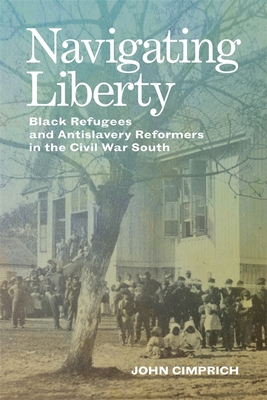
Navigating Liberty
Black Refugees and Antislavery Reformers in the Civil War South
2022
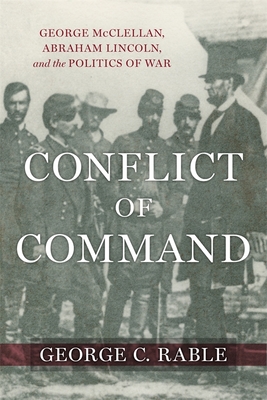
Conflict of Command
George McClellan, Abraham Lincoln, and the Politics of War
2023

From Property to Person
Slavery and the Confiscation Acts, 1861–1862
2005

The Devil’s Own Purgatory
The United States Mississippi River Squadron in the Civil War
2025

